Four urban planners explain the city of their dreams
‘We do not see cities: we experience them through a multitude of encounters.’ For urban planners, the best cities make you think differently about life
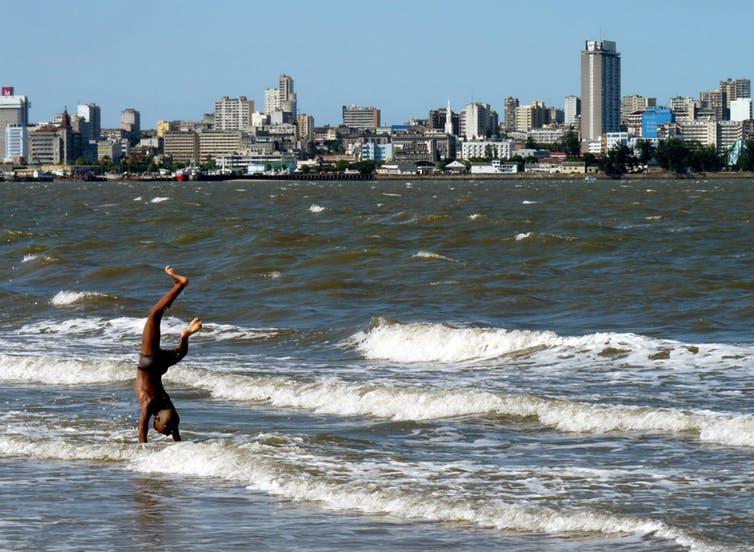
Your support helps us to tell the story
From reproductive rights to climate change to Big Tech, The Independent is on the ground when the story is developing. Whether it's investigating the financials of Elon Musk's pro-Trump PAC or producing our latest documentary, 'The A Word', which shines a light on the American women fighting for reproductive rights, we know how important it is to parse out the facts from the messaging.
At such a critical moment in US history, we need reporters on the ground. Your donation allows us to keep sending journalists to speak to both sides of the story.
The Independent is trusted by Americans across the entire political spectrum. And unlike many other quality news outlets, we choose not to lock Americans out of our reporting and analysis with paywalls. We believe quality journalism should be available to everyone, paid for by those who can afford it.
Your support makes all the difference.More and more people are moving into cities. As growing populations place pressure on urban housing, infrastructure and transport systems, residents, planners and politicians are having to come up with clever solutions to make their cities decent places to live. Yet the quality of a city is not simply defined by the grandeur of its buildings, or the efficiency of its transport system. Here, four urban planners name their favourite cities, and explain what makes them special.
Maputo, Mozambique
Vanesa Castán Broto, University of Sheffield
We do not see cities: we experience them through a multitude of encounters. Trying to explain why I like Maputo is like putting together all those encounters in a unique, yet partial, vision of the city. Not only have I had great times there, but Maputo has taught me most of what I know about the contemporary city.
As my research became entangled with the future of this city, my own success depended on understanding Maputo. Liking Maputo became a necessity. So when I try to explain why I like Maputo so much, it’s impossible to detach the reasons from my own biography. I don’t have a straightforwards, bounded picture of the city ready to offer up to others. Instead, I can tell you what I learned there.
Maputo revealed to me how contemporary cities go beyond that absurd dichotomy of the “formal” and “informal” city. In Maputo, city managers talk of the separation between a “city of concrete” – the old colonial city, designed by the Portuguese – and the “city of reed” – the neighbourhoods, or barrios, where most of the population live. The latter often lack basic infrastructure such as water, sanitation and electric
For a while, this way of looking at things made a lot of sense to me. Then I took a liking to walking around the city, as a means of discovery. As you walk Maputo, you experience how the formal and informal cross into each other, to the point where the boundaries become hopelessly blurred.
You may be walking down the Costa do Sol on a Sunday afternoon, watching new hotels being built with Chinese capital, while Maputo’s incipient middle classes eat seafood in front of Maputo Bay. Suddenly, without you noticing, you find yourself in a neighbourhood of makeshift huts, where flooding is obviously a routine problem.
Maputo also showed me how the built environment intrudes into people’s lives. I experienced this myself walking around Chamanculo – a historical but under-serviced neighbourhood near the centre. Life in Chamanculo is organised around a few large open avenues. The buzzing economic activity of small traders selling mostly food, drinks, charcoal and kitchenware, and businesses such as internet cafés, hairdressers and local shops is occasionally interrupted by the roaring of a four-wheel drive car with tinted windows.
These big avenues are connected by small passages in between the houses, which can considerably shorten walking distances. Every time I go to Chamanculo, I study the map, and I tell to myself that this time I will know my way around the neighbourhood. But once I enter, I am lost. I have never had this experience anywhere else in the world.
I have been lost in Chamanculo numerous times, alone and accompanied, and always experience the same: the streets seem to fold onto me and when I turn back the way I came from, it is completely unfamiliar. I feel both fear and wonder about how the city reinvents itself around me. Unsurprisingly, local residents demand public lighting to increase the security in those areas, and you have to wonder how people – especially women – feel when they have to venture into this labyrinth at night to reach the collective toilet.
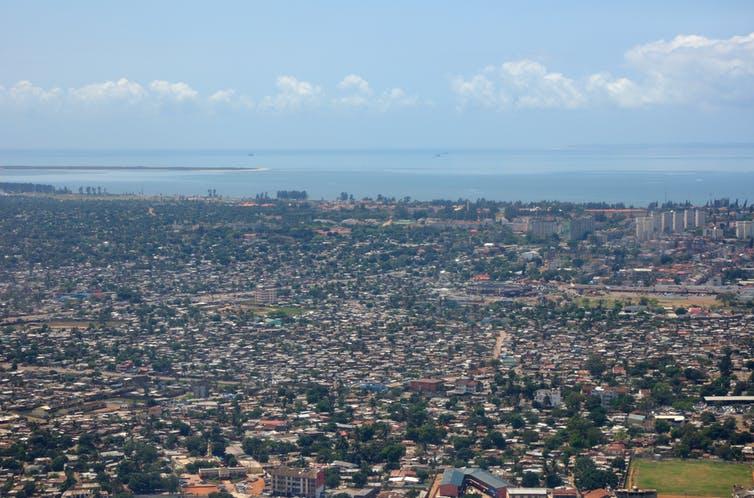
Most of all, Maputo has taught me to think of cities as places of possibility. For example, in Maputo I dropped my obsession with electrification. Talking with people about how electricity and fuels matter to them, I realised that people have found many ways to obtain the services they need – whether they have reliable access to electricity or not.
I am not downplaying the tremendous injustices that nearly a billion residents of informal settlements around the world experience every day, because they don’t have access to basic services. But Maputo invites you to think of different ways in which urban life, right across the globe, could be reimagined. For me, this is a comforting thought in a world that seems to be riding towards a global resource crisis.
Havana, Cuba
James Warren, Open University
In Havana, everything is old – so old, in fact, that the city will celebrate its 500th birthday in November 2019. Its age appears magnified by the fact that many of the buildings don’t receive the level of maintenance that they really deserve. Even so, the city has made efforts to preserve and protect what is historic, while applying new practices such as earmarking income from tourism to rebuild local housing and protect architecturally or culturally significant sites.
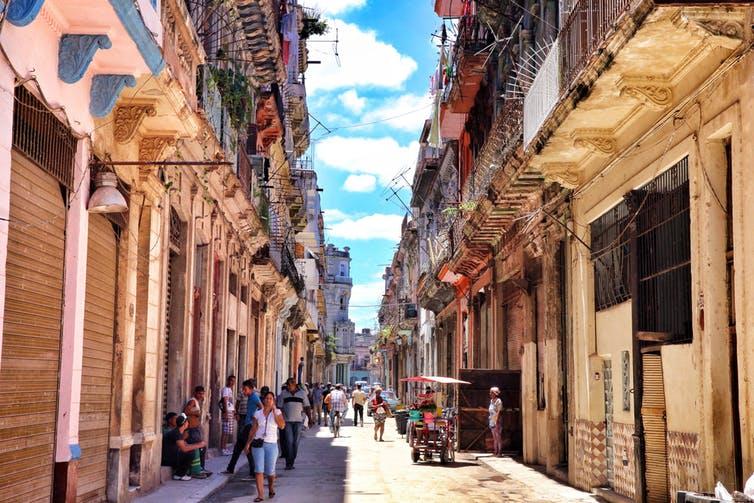
The city’s master plan aims to ensure mixed land use wherever possible, so housing, shops, offices and institutions can often be found in the same building. This creates dynamic, walkable spaces, where everything you need is nearby, and avoids creating places which are only for specific groups, such as tourists or locals.
From my perspective as an urban planner, it is amazing that Havana has been able to do so much work with such limited materials. But perhaps this was inevitable, since high quality labour is so readily available. An old Cuban joke goes that half the population are qualified builders, since everyone has to pitch in and work on their own properties.
Like other major capitals, Havana is a collection of many “villages” or smaller cities within a city. At every turn, the streetscapes are different: many municipalities can be identified by their distinctive balconies and doorways. These places are full of life, as people are constantly out on the streets: sitting, chatting, singing, selling, buying, repairing and just living.
The city is open for visitors. You can meander down the Malecon, to the urban greenery of Vedado and beyond. And the historic Habana La Vieja acts as a tourist magnet, while retaining plenty of local life for residents.
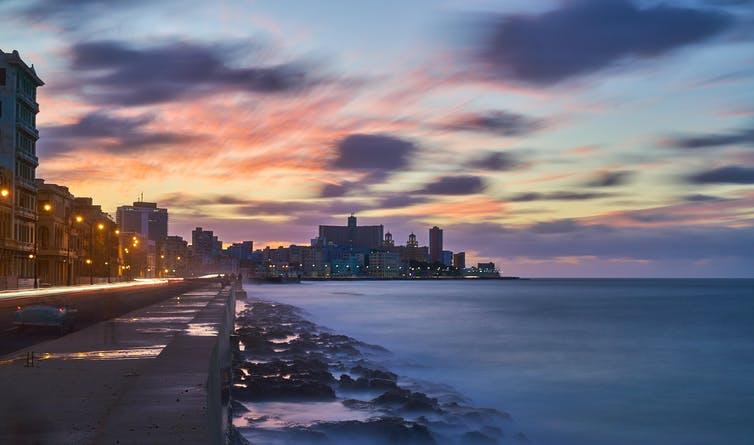
Yet the city still has corners where tourists don’t go, sometimes called “Habana profunda” (deep Havana). It’s an area where locals live and work, though many still have connections to the city centre through jobs and education. There might not be many tourist attractions there, but the barrios are visually wonderful.
Perhaps unlike the other cities, Havana is a shrinking city. Its population has remained fairly static for a long time now, due to people migrating abroad, combined with low birth rates. The ageing population is not being replaced, which is some cause for concern. Havana remains the jumping-off point for many younger Cubans making their way elsewhere, or coming from other parts of the country to live in the capital. But more seem to leave than stay.
Despite some poor roads, a stretched waste removal system and somewhat erratic energy and water supplies, Havana retains a warm welcome to visitors, and seems determined to become a better place for all those who live there. I think Havana is what it is due to the resilience of the “Habaneros” (Havana locals); always ready for the next hurricane, even as they are picking up the pieces after Irma. The Habaneros have excellent mobilisation plans and risk reduction systems in place for any situation.
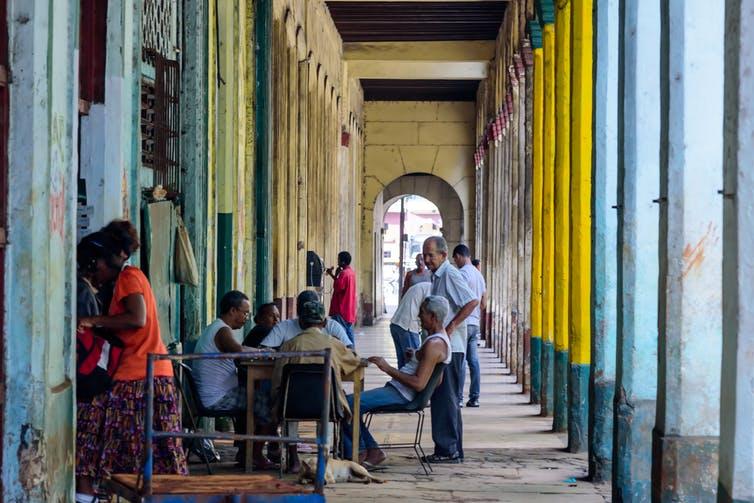
Residents seem undaunted, even as the sea encroaches on Havana’s low-lying shores. Yet I am optimistic that somehow Havana can survive the longer-term issues linked to climate change – or anything else that comes their way. As Havana and the Habaneros grow older together, is there something we can learn from the way that their society is trying to bring all generations together to solve the city’s various planning issues.
Tokyo, Japan
Greg Keeffe, Queen’s University Belfast
Tokyo is the city of my dreams. For the “gaijin” (foreigner) the first few days are a sensory overload. But, as you settle in, that sense of chaos evaporates and suddenly everything seems to be in the right place. As I travel around on double-decker freeways, driverless bus-train hybrids and monorails in the sky, I appear to have found how a city should be.
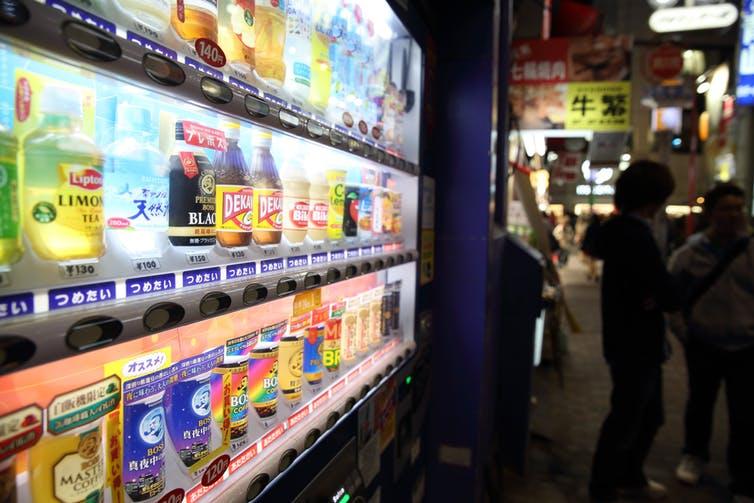
Whenever I need to do anything, there’s a convenient way to do it right there in front of me. This is true at any scale, from the city-wide transport system, to finding a hot cuppa – it seems there’s always a vending machine for it, just within reach.
In fact, Tokyo really is a huge vending machine, where every necessity is there at the touch of a button: even access to nature. It makes me think that a lot of our social and urban problems are actually born out of frustration, because things don’t work well enough, because things we don’t need get in the way of the perfect urban function.
Like all dreamscapes, you can customise Tokyo to your own desires: hanging out in Shinjuku or Shibuya at night, you can dance, eat, drink and party until dawn to the banging tunes of J-pop. This bit of Tokyo is a sort of global portal to the stars; a timeless place without memory or history.
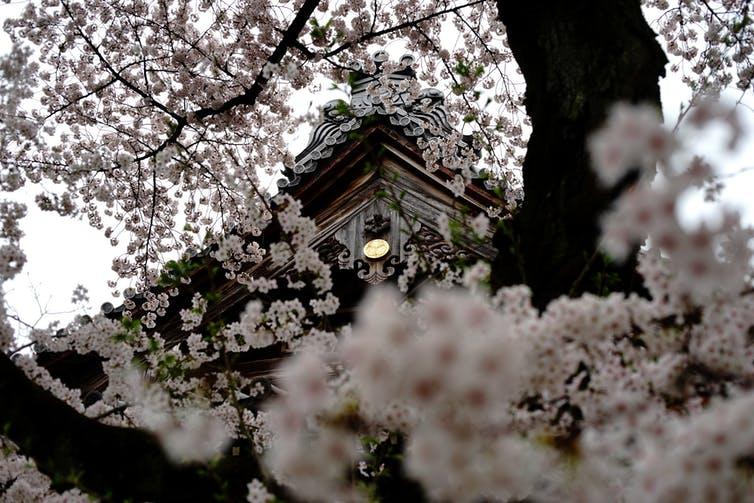
Yet the very next day (with or without a hangover), you may be in the Roji of Nezu – small, narrow alleys that evoke the memory of a life that was frugal and modest. Visiting temples and shrines in utter silence, you can immerse yourself in the wooden world of the Edo period, dating back to 1600. Here, it seems one mile in space can measure a thousand years in time.
Old and new, fast and slow: just-in-time Tokyo is a city of contradictions. It’s a place where fast-paced culture and introspective meditation work together, creating a space/time warp which feeds not only the physical needs of the population, but also their hearts and souls.
Rotterdam, The Netherlands
Kaeren van Vliet, Sheffield Hallam University
Like many other European cities, Rotterdam suffered considerable bomb damage in the Second World War. But its postwar reconstruction took a distinctive path, looking to the future instead of the past – and this continues to give the city a unique character, based on movement, light, energy and progress.
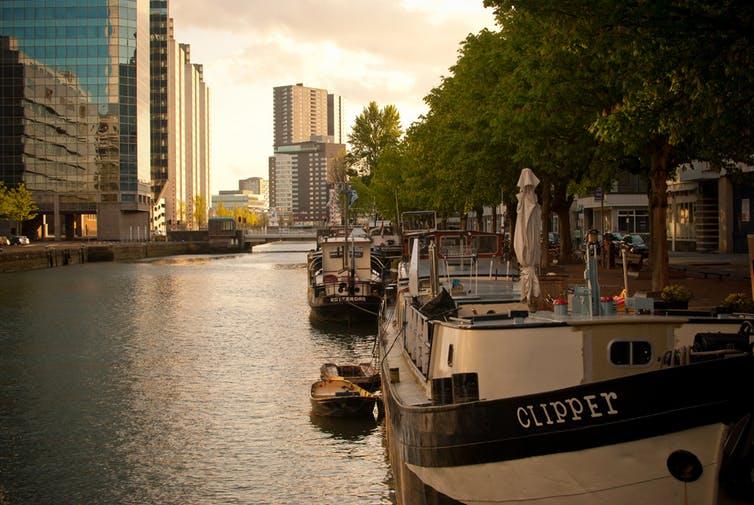
Rotterdam is a city on the move. Trams glide and clang through the city; spotlessly clean barges travel up and down the river taking goods to and from the continent; bright yellow water taxis zoom across the water and cyclists travel rapidly in vast shoals – sometimes to the alarm of slower pedestrians.
In the face of rising sea levels, sinking land and ever fuller rivers, water has to be respected, not resisted. Water engineering is an art – the lakes and canals in the city and its surrounds are connected, monitored and managed. School playgrounds, fields and underground car parks cooperate to prevent homes from flooding. New housing is provided with canals, and some residents are even fortunate enough to be able to keep a boat at the bottom of their garden.
In this city, there is space for people. Most of the population live in flats or small homes, so there are playgrounds for children, tree-lined waterside walks, seats for resting and city centre parks, which feel like a home outside of home. People are particularly proud of the fronts of their houses, and many have benches for sitting and talking to neighbours. People here seem to trust their neighbours, leaving flowerpots and bicycles out on the street. And there are allotments around the city edge, to escape to on summer evenings or at the weekend.
At night, the city centre is aglow. The lights of the Erasmus bridge and new tower blocks along the Maas link the southern part of the city to the centre. As you cross the bridge, the pavement sparkles like the milky way. The houses in the suburbs are radiant in the nighttime, with large windows offering a momentary glimpse into the home life of the locals.
Nature here seems ordered and managed, water is held in straight courses and trees and grass are kept neatly trimmed. The city ducks seem friendly – the suburban geese, not so much. The landscape is big but predictable, stretching towards an endless horizon. There is light here and, though often pale and grey, the sky is vast. You feel as though you could cycle on forever.
If you look hard, you can find traditional windmills and tulips. But you’re more likely to find ecological prairie planting or vast windfarms rotating in unison, powering the city into the future. Rotterdam reminds me of what planning, landscape and urban design can achieve.
Vanesa Castan Broto is a professorial fellow at the University of Sheffield; Greg Keeffe is a professor of architecture and urbanism, the head of the School of Natural and Built Environment at Queen’s University Belfast; James P Warren is a senior lecturer in engineering and innovation at the Open University; Kaeren van Vliet is a senior lecturer in planning at Sheffield Hallam University. This article was originally published on The Conversation (theconversation.com)
Join our commenting forum
Join thought-provoking conversations, follow other Independent readers and see their replies
Comments